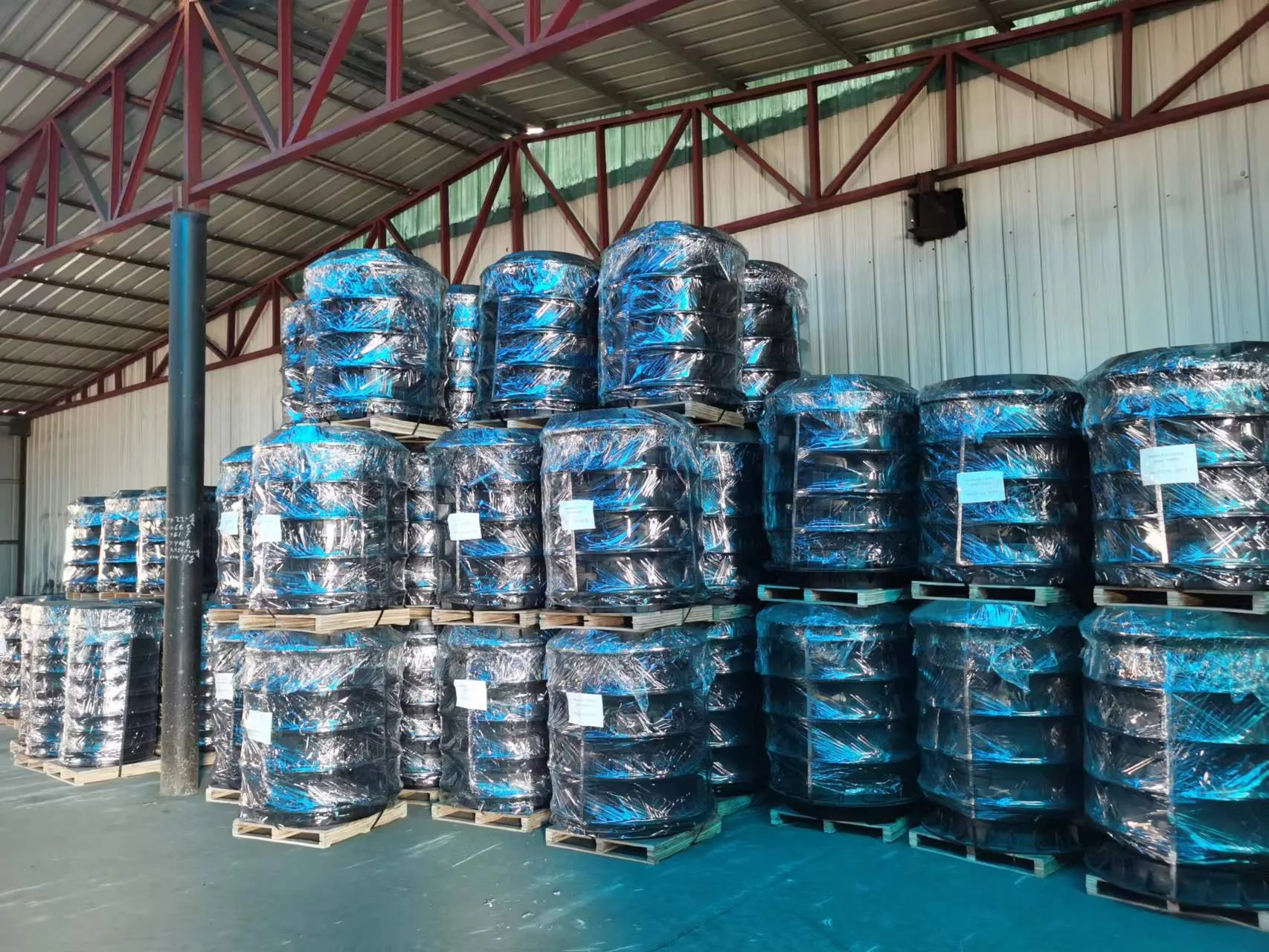Exploring the Benefits of Vacuum Butterfly Valves in Industrial Applications
Understanding Vacuum Butterfly Valves An Overview
In modern industrial processes, the need for efficient, reliable, and precise control over fluid systems is paramount. One critical component in achieving this is the vacuum butterfly valve. These valves are designed to manage the flow of gases and liquids in vacuum applications, offering advantages in terms of space, weight, and performance. This article delves into the functionality, advantages, and applications of vacuum butterfly valves, underscoring their significance in various industries.
What is a Vacuum Butterfly Valve?
A vacuum butterfly valve is a quarter-turn valve that utilizes a rotating disk to regulate the flow of substances within a vacuum system. This disk is usually mounted on a shaft that passes through the body of the valve, allowing for a simple yet effective mechanism to open or close the flow path. When the valve is in the closed position, the disk completely blocks the flow; when it is turned 90 degrees, the flow path is open, allowing for controlled fluid dynamics.
Working Principle
The functional mechanism of a vacuum butterfly valve is straightforward. When the actuator (manual or pneumatic) is engaged, it rotates the valve disk. Due to its design, the valve can achieve full closure with minimal resistance, making it ideal for maintaining the integrity of vacuum systems. This is particularly important because even minor leaks can lead to inefficiencies and product losses in vacuum applications.
Advantages of Vacuum Butterfly Valves
1. Compact Design One of the most significant advantages of vacuum butterfly valves is their compact structure. This makes them suitable for applications where space is a constraint. Their lightweight design also facilitates easy installation and manipulation in tight quarters.
2. Quick Operation The quarter-turn operation of butterfly valves allows for rapid opening and closing compared to other types of valves. This quick action is advantageous in processes requiring frequent adjustments.
3. Low Maintenance Vacuum butterfly valves generally require less maintenance than other valve types, such as gate or globe valves. Their few moving parts translate to lower wear and tear over time, resulting in longer service intervals.
vacuum butterfly valve

4. Cost-Effectiveness Due to their efficient design and rapid operation, vacuum butterfly valves can lead to reduced operational costs over time. Their straightforward installation and low maintenance requirements contribute to overall affordability in long-term usage.
5. Versatility These valves can handle various mediums, including gases and liquids, making them versatile for different industrial applications. They can be made from various materials, such as stainless steel or plastic, to suit specific operational needs.
Applications in Various Industries
Vacuum butterfly valves find widespread use in various industrial sectors.
- Pharmaceutical and Biotechnology In these industries, vacuum systems are vital for maintaining sterile environments. Vacuum butterfly valves are crucial components in processes like freeze-drying and filtration, where the integrity of the vacuum must be preserved to ensure product effectiveness and safety.
- Food and Beverage These valves are employed in food processing applications to control the flow of liquids and gases, ensure hygiene, and prevent contamination. Their ease of cleaning and ability to maintain vacuum conditions are critical in this sector.
- Chemical Processing The chemical industry uses vacuum butterfly valves to manage the flow of corrosive substances while maintaining vacuum conditions. Their reliable performance is essential for ensuring safety and efficiency in chemical reactions.
- Semiconductor Manufacturing The vacuum systems used in semiconductor fabrication often rely on vacuum butterfly valves to control the environment crucial for sensitive processes. Their precision and reliability are critical in achieving the desired outcomes in chip production.
Conclusion
In summary, vacuum butterfly valves are essential components for effective flow management in vacuum systems across various industries. Their compact design, quick operation, low maintenance needs, and versatility position them as favorable choices for numerous applications. As industries continue to evolve and demand high levels of efficiency, the importance of such valves will only grow, underscoring their role in achieving operational excellence and reliability in fluid control systems. Understanding and implementing vacuum butterfly valves can lead to significant enhancements in both process efficiency and safety in a wide range of applications.
-
The Smarter Choice for Pedestrian AreasNewsJun.30,2025
-
The Gold Standard in Round Drain CoversNewsJun.30,2025
-
The Gold Standard in Manhole Cover SystemsNewsJun.30,2025
-
Superior Drainage Solutions with Premium Gully GratesNewsJun.30,2025
-
Superior Drainage Solutions for Global InfrastructureNewsJun.30,2025
-
Square Manhole Solutions for Modern InfrastructureNewsJun.30,2025
-
Premium Manhole Covers for Modern InfrastructureNewsJun.30,2025
